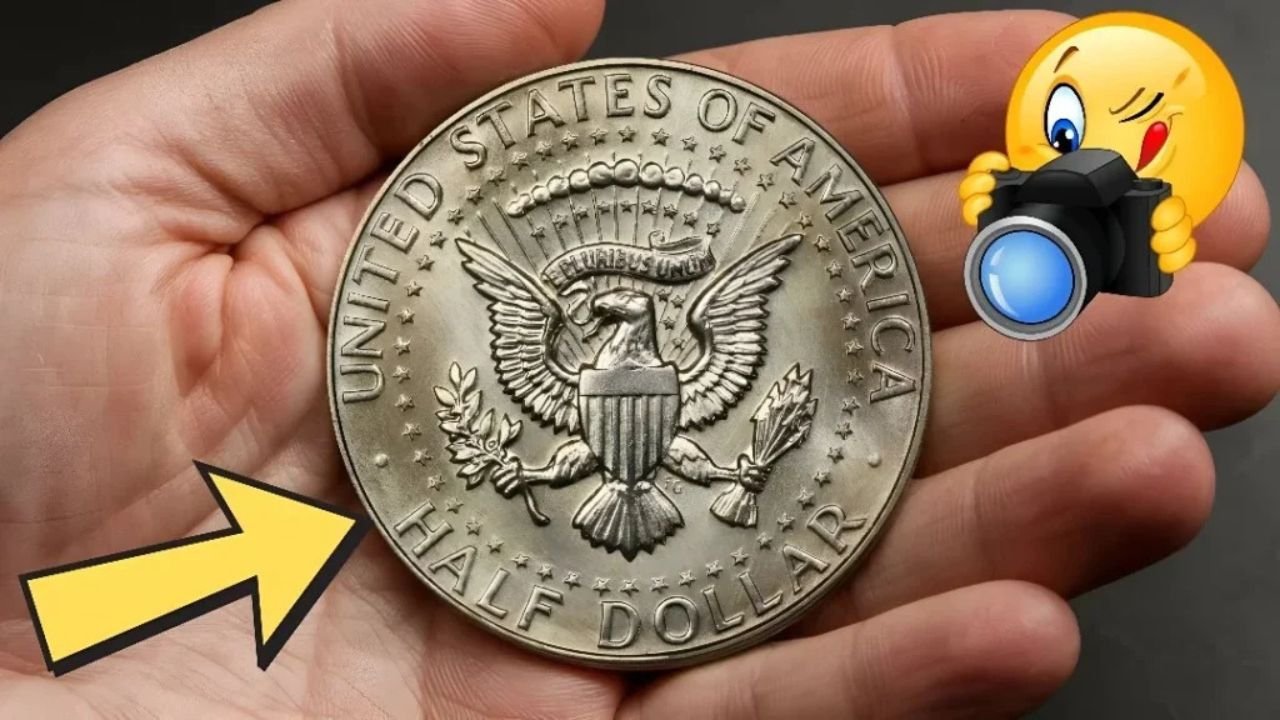The Kennedy:Few pieces of modern American coinage capture public attention quite like the Kennedy half dollar. First minted in 1964, the coin was designed as a memorial to President John F. Kennedy, who was tragically assassinated the previous year. While half dollars remain a familiar sight to collectors, many people rarely use them in daily transactions. Yet stories about certain Kennedy half dollars fetching extraordinary sums — in one case as much as $5.9 million — keep interest in the coin alive. Could such a valuable coin still be circulating among everyday change? Let’s explore.
Origins of the Kennedy Half Dollar
The Kennedy half dollar debuted in 1964, replacing the Franklin half dollar. Its design was fast-tracked through Congress as a way to honor the fallen president. Sculptor Gilroy Roberts created the portrait of Kennedy for the obverse, while Frank Gasparro designed the reverse featuring the presidential seal.
The 1964 half dollar was initially struck in 90% silver, and its release was met with overwhelming demand. Americans lined up at banks to obtain them, many hoarding the coins as keepsakes rather than spending them. By 1965, the silver content dropped to 40%, and by 1971, half dollars were struck in copper-nickel clad, the same composition used today.
The $5.9 Million Half Dollar
So where does the $5.9 million figure come from? Not all Kennedy half dollars are equal in value. The vast majority are worth their face value — fifty cents — or slightly more if they contain silver. However, rare errors, unusual minting circumstances, or historically significant pieces can sell for staggering amounts at auction.
One of the most famous examples is a 1964 Special Mint Set Kennedy half dollar, sometimes called a “specimen strike.” Unlike typical circulation coins, these were struck with a sharper, more detailed finish, possibly as test pieces. Only a handful exist, and their rarity combined with pristine condition has pushed prices to extraordinary heights.
In some cases, one of these elusive half dollars has been valued in the multi-million-dollar range, with certain collectors reportedly paying up to $5.9 million for a single coin. This places the Kennedy half dollar among the most valuable modern U.S. coins ever sold.
The Lincoln Wheat Penny Valued at $49,00, Still in Circulation?
Could It Still Be in Circulation?
The idea that a $5.9 million coin could be hiding in pocket change is tantalizing, but the reality is more complicated. Most of the extremely rare Kennedy half dollars are well-documented in the collector community. Auction houses track them, and their ownership often makes headlines.
That said, surprises do happen. Every so often, a rare coin resurfaces in an estate collection, a forgotten box of coins, or even in circulation by chance. The odds of stumbling across one of these million-dollar half dollars at a bank or in your change are astronomically low — but not impossible.
What to Look For
If you’re curious about the Kennedy half dollars you come across, here are a few tips:
-
Check the year: 1964 is the most important year, with 90% silver content and rare variations.
-
Look for mint marks: Coins struck at different mints (Philadelphia, Denver, San Francisco) may have varying values.
-
Search for errors: Double dies, off-center strikes, and unusual finishes can increase a coin’s value dramatically.
-
Condition matters: Coins in uncirculated or proof condition can be worth far more than well-worn examples.
More Than Money
Even if your Kennedy half dollar isn’t worth millions, it still holds historical and sentimental value. Many families keep them as mementos of President Kennedy or as reminders of the 1960s era. Collectors also prize them for their design, silver content (in older issues), and the story they tell about America’s history.
Final Thoughts
The Kennedy half dollar is more than a piece of change — it’s a national symbol, a memorial, and for a lucky few, a life-changing treasure. While the chances of finding a $5.9 million half dollar in circulation are vanishingly small, the allure of possibility continues to captivate collectors and casual coin hunters alike. After all, every great discovery begins with someone taking a closer look at the coins in their hand.
